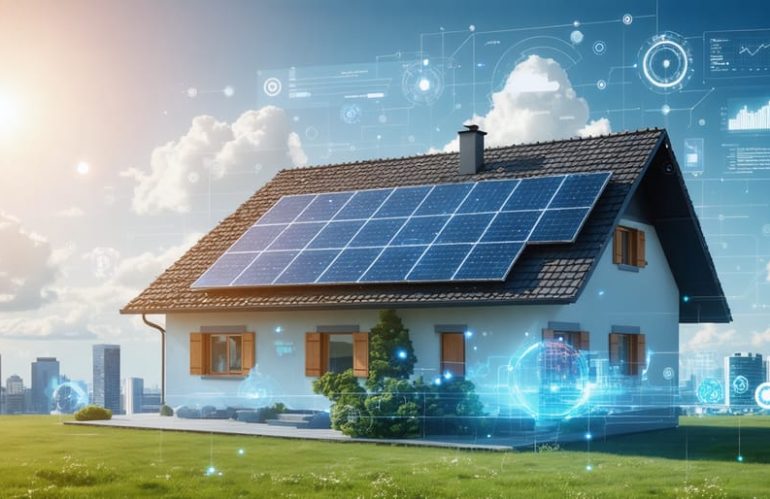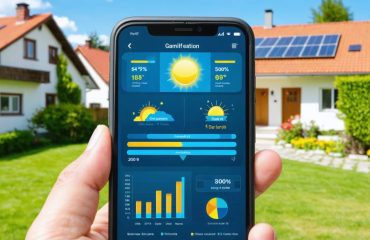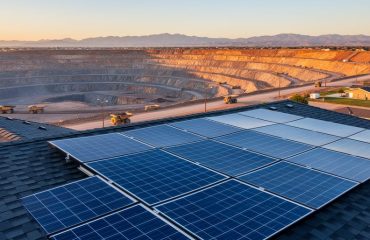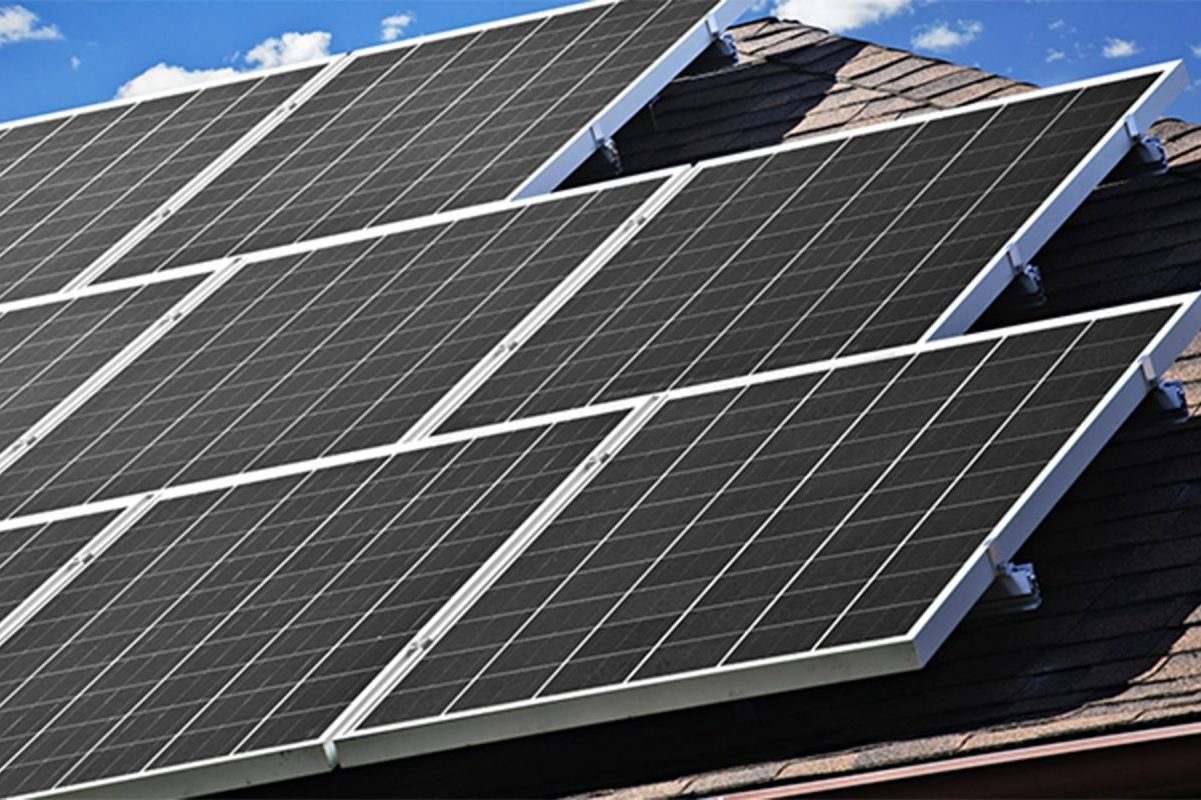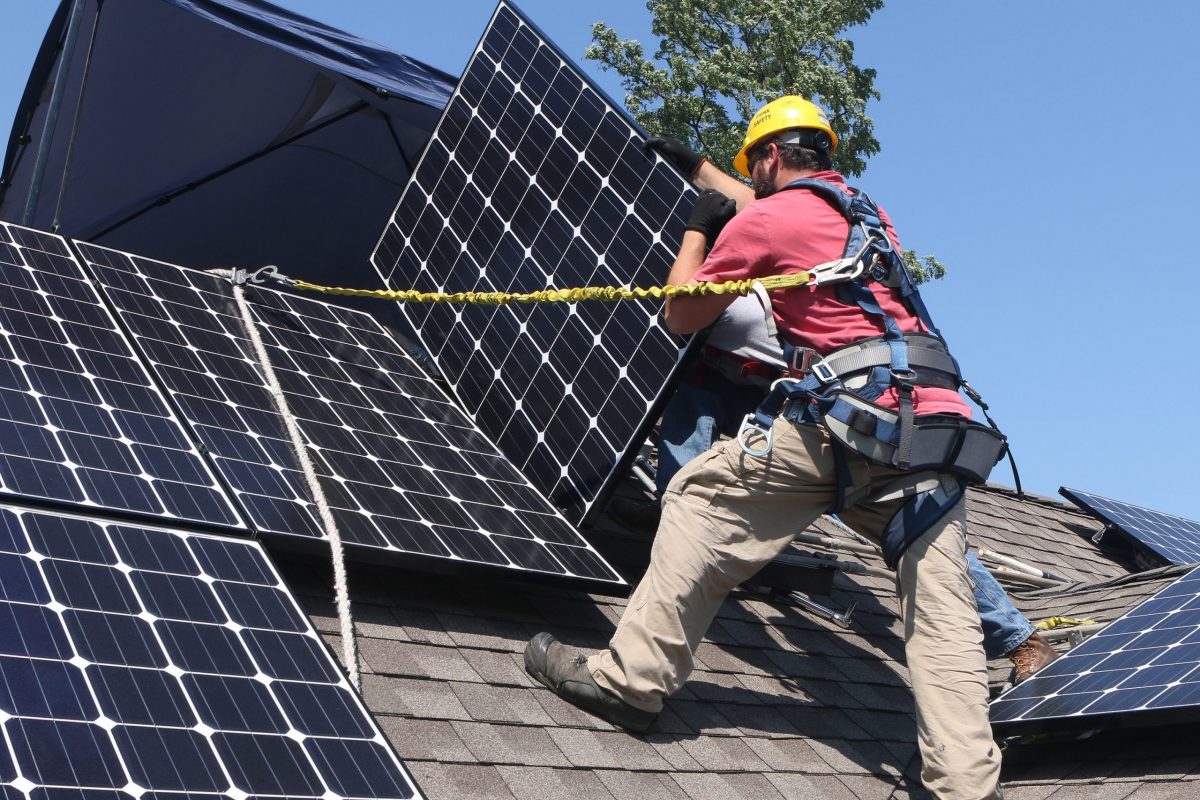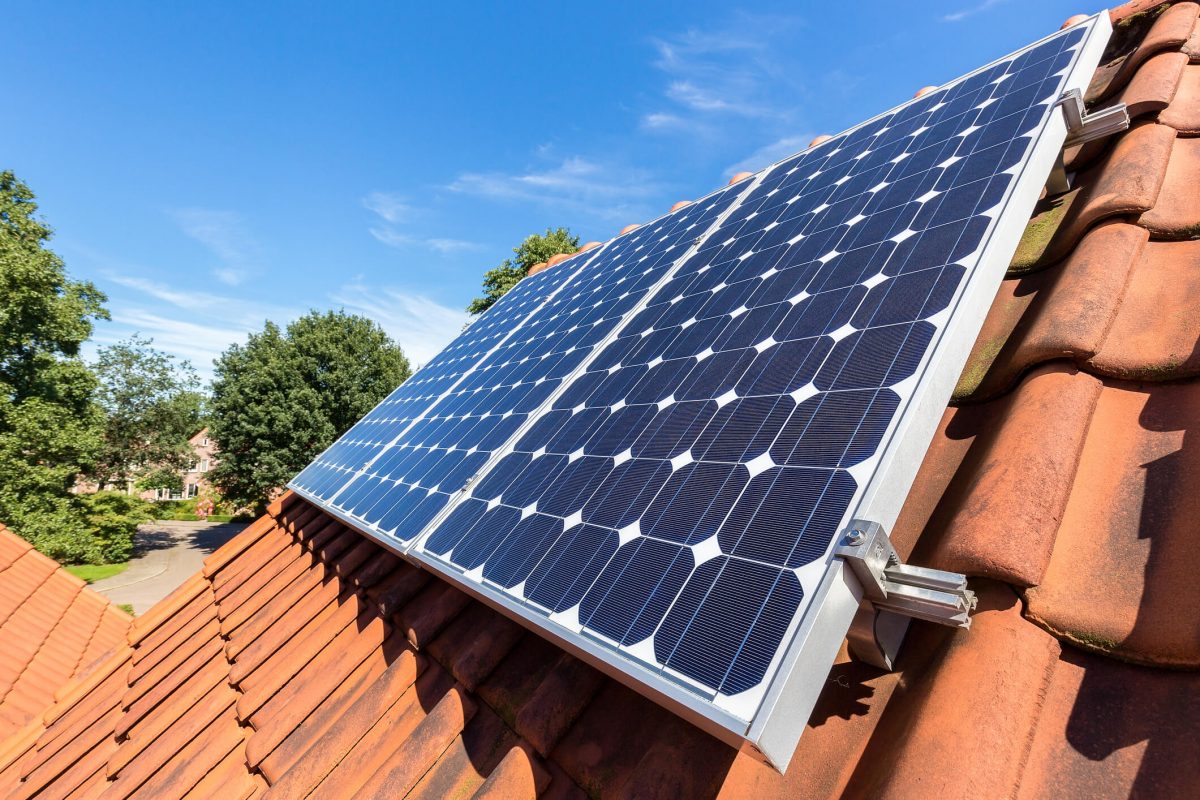Predictive AI is revolutionizing how we make decisions, from daily choices to industry-transforming insights. Today’s artificial intelligence systems don’t just process data – they forecast futures with remarkable accuracy, helping businesses and individuals alike stay ahead of the curve. From Netflix suggesting your next favorite show to Amazon anticipating your shopping needs before you do, predictive AI has become an invisible yet powerful force shaping our modern world.
Consider how weather forecasting has evolved from educated guesswork to precise predictions, thanks to AI analyzing vast amounts of atmospheric data. In healthcare, machine learning algorithms now predict patient outcomes and identify potential health risks before symptoms appear. Smart cities use predictive analytics to optimize traffic flow, reduce energy consumption, and enhance public safety – all in real-time.
These real-world applications demonstrate how predictive AI has moved beyond science fiction to become an essential tool for solving complex problems and improving everyday life. As we explore practical examples of this technology in action, you’ll discover how these innovations are creating smarter, more efficient solutions across every sector of society.
Smart Energy Production Forecasting
Weather Pattern Analysis
Modern AI systems are revolutionizing how we predict solar energy production by analyzing local weather patterns with remarkable accuracy. These smart systems collect data from multiple sources, including local weather stations, satellite imagery, and historical weather records, to create detailed forecasts of solar panel performance.
The AI processes this information to predict cloud cover, temperature variations, and seasonal weather changes that affect solar energy generation. For instance, if the system detects a pattern of morning fog in your area, it can adjust energy production estimates accordingly and help optimize your panel settings for maximum efficiency during clearer afternoon hours.
What makes this technology particularly valuable is its ability to learn and improve over time. As it gathers more data specific to your location, its predictions become increasingly accurate. This helps homeowners better understand when their systems will produce the most energy and plan their usage accordingly.
The technology can even alert you to potential weather-related impacts before they occur, such as heavy snow that might require panel cleaning or extended cloudy periods that might affect your energy production. This advanced warning system helps you maintain consistent energy production throughout the year.
Roof Optimization
AI technology is revolutionizing how we plan and install solar panels on roofs, ensuring homeowners get the maximum benefit from their solar investment. Advanced algorithms analyze satellite imagery, 3D roof models, and local weather patterns to determine the most efficient panel placement for any home.
These smart systems consider multiple factors simultaneously, including roof angle, shade patterns throughout the day, seasonal sun positions, and local climate conditions. By processing this data, AI can create a custom layout that maximizes energy production while avoiding potential obstacles like chimneys, vents, or nearby trees.
The technology also helps installers optimize panel configuration, suggesting the ideal number of panels and their precise positioning. This means homeowners don’t waste money on unnecessary panels or suffer from underperforming systems due to poor placement. The AI can even predict annual energy production with remarkable accuracy, helping families make informed decisions about their solar investment.
For installers, this technology streamlines the design process, reducing the time and cost of installation while ensuring better results for homeowners. It’s like having a solar expert analyze your roof 24/7, considering every possible variable to deliver the best possible solution.

Personalized Usage Predictions
Consumption Pattern Learning
Modern AI systems excel at learning and adapting to your household’s unique energy consumption patterns. By analyzing real-time energy consumption data, these intelligent systems create detailed profiles of when and how you use electricity throughout the day.
The AI observes patterns like when you typically run your dishwasher, how your heating and cooling needs change with the seasons, and even how your energy usage differs between weekdays and weekends. This learning process becomes more accurate over time, allowing the system to make increasingly precise predictions about your future energy needs.
For solar homeowners, this means the AI can recommend optimal times to run energy-intensive appliances based on predicted solar production and stored energy levels. It might suggest running your washing machine during peak sunlight hours or automatically adjusting your smart thermostat to pre-cool your home when solar generation is highest, helping you maximize your solar investment while reducing reliance on grid power.

Real-time Adjustments
One of the most impressive features of predictive AI in solar systems is its ability to learn and adapt in real-time. Unlike traditional static systems, AI-powered energy management tools continuously monitor your household’s energy consumption patterns and adjust their predictions accordingly.
For example, if you install a new electric vehicle charging station or add energy-intensive appliances, the AI quickly recognizes these changes in your usage patterns. It then updates its forecasting models to better match your current needs, ensuring more accurate predictions of your energy requirements.
This adaptive learning also accounts for seasonal changes, special events, and even gradual shifts in your household’s routines. Whether it’s adjusting to your summer cooling needs or accommodating new work-from-home schedules, the AI system fine-tunes its predictions to maintain optimal energy distribution and storage throughout the day.
The result is a truly personalized energy management experience that becomes more accurate and efficient over time, helping you maximize your solar investment while minimizing reliance on grid power.
Maintenance and Performance Monitoring
Early Problem Detection
Predictive AI technology acts as an early warning system for your solar installation, identifying potential issues before they impact your system’s performance. Through smart solar monitoring systems, AI algorithms continuously analyze data patterns from your panels, inverters, and other components to detect subtle changes that might indicate developing problems.
For example, AI can spot gradual decreases in power output that might suggest panel degradation, identify unusual voltage patterns that could signal wiring issues, or detect irregular performance metrics that might indicate inverter problems. This proactive approach helps homeowners address small issues before they become costly repairs.
The system works much like a health monitoring device, keeping track of your solar installation’s vital signs 24/7. When AI detects patterns that deviate from normal operations, it sends alerts to both homeowners and maintenance teams, allowing for swift intervention. This predictive capability not only prevents system downtime but also helps maintain optimal energy production throughout your solar system’s lifetime.
Automated Maintenance Scheduling
Predictive AI revolutionizes maintenance scheduling by analyzing equipment performance data and environmental conditions to determine the optimal time for system upkeep. Instead of relying on fixed maintenance schedules, AI monitors real-time data from sensors and components to detect early warning signs of potential issues.
This smart technology tracks patterns in equipment wear, weather conditions, and performance metrics to predict when maintenance will be needed. For example, if AI detects that solar panel efficiency is gradually declining or that certain components are showing signs of stress, it can automatically schedule maintenance before a major problem develops.
The system also considers factors like weather forecasts, seasonal changes, and historical maintenance records to schedule service at the most convenient and cost-effective times. This proactive approach helps prevent unexpected breakdowns, reduces maintenance costs, and extends equipment lifespan.
For homeowners, this means fewer surprise repairs, optimal system performance, and peace of mind knowing their investment is being monitored and maintained efficiently. The AI system can even coordinate with service providers to schedule maintenance during optimal weather conditions, ensuring minimal disruption to power generation.
Financial Benefits Forecasting
Utility Rate Analysis
Predictive AI has revolutionized how homeowners and utility companies understand and manage energy rates. By analyzing vast amounts of historical data, weather patterns, and grid demand, AI systems can forecast utility rate changes with remarkable accuracy. This helps homeowners make informed decisions about their energy usage and save money on their bills.
These smart systems track peak usage times, seasonal variations, and local energy market conditions to predict when rates are likely to increase or decrease. For homeowners with solar installations, this information is particularly valuable, as it allows them to optimize their energy consumption patterns and maximize savings by using more power when rates are lower.
The AI algorithms can also detect patterns that humans might miss, such as subtle correlations between temperature changes and rate fluctuations. This enables homeowners to plan their high-energy activities more strategically. For instance, you might run your dishwasher or charge your electric vehicle during predicted low-rate periods, potentially saving hundreds of dollars annually.
Many modern smart home systems now incorporate this predictive capability, automatically adjusting your home’s energy usage based on forecasted rate changes, ensuring you get the most value from your solar investment while maintaining comfort.
Long-term Savings Projection
AI-powered financial forecasting tools are revolutionizing how homeowners plan for their long-term energy savings. These smart systems analyze multiple data points, including historical energy consumption patterns, local weather trends, and electricity rate fluctuations, to create personalized savings projections that are remarkably accurate.
By processing years of solar performance data from millions of installations worldwide, AI algorithms can predict potential energy generation and cost savings with impressive precision. The technology considers factors like panel degradation rates, maintenance costs, and even future electricity price trends to give homeowners a realistic picture of their investment returns.
For example, these predictive tools might show that a typical solar installation could save $30,000 over 20 years, accounting for variables like inflation and energy price increases. The AI continuously updates these projections based on real-world performance data, helping homeowners make informed decisions about their solar investment and adjust their energy usage patterns for maximum savings.
This advanced forecasting capability takes the guesswork out of solar investment planning, providing homeowners with reliable financial projections they can trust.
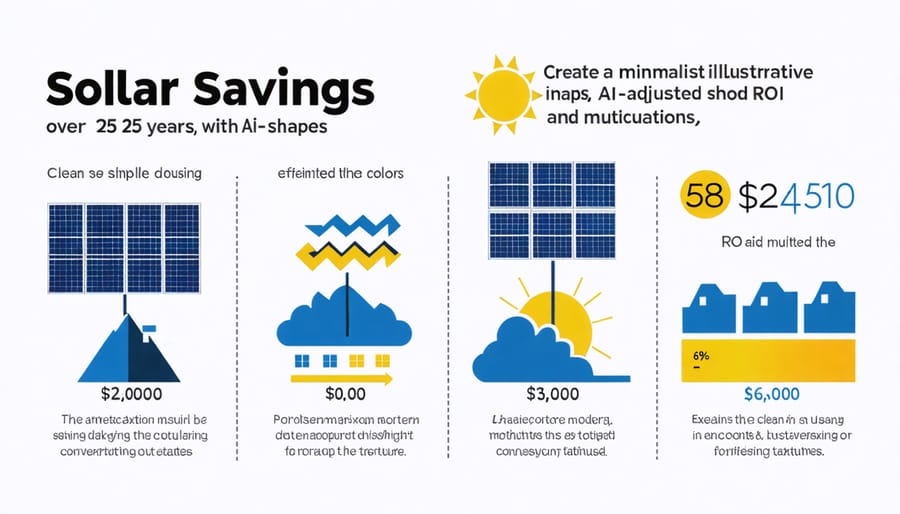
The integration of AI-driven predictive analytics in solar installations represents a significant leap forward in renewable energy technology. By harnessing the power of artificial intelligence, homeowners can now enjoy more reliable, efficient, and cost-effective solar energy systems. These smart predictive solutions not only optimize energy production but also provide peace of mind through proactive maintenance and enhanced system longevity.
The benefits are clear: reduced energy costs through optimized performance, fewer unexpected repairs thanks to preventive maintenance alerts, and increased system lifespan through better care and monitoring. For environmentally-conscious homeowners, this means maximizing their contribution to sustainable living while protecting their investment. The ability to predict and prevent issues before they occur, combined with real-time performance optimization, ensures that solar installations operate at peak efficiency year-round.
As this technology continues to evolve, we can expect even more sophisticated predictive capabilities that will make solar energy systems even more accessible and beneficial for homeowners. The future of solar power is bright, and AI-driven predictive analytics is helping to lead the way toward a more sustainable and energy-efficient future for all.

